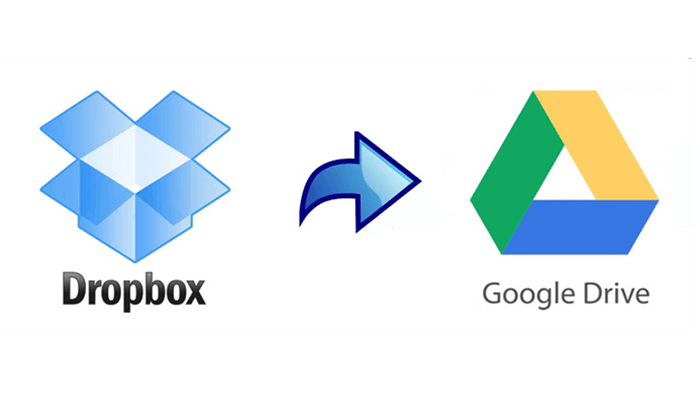Effortless Data Transition: Moving from Dropbox to Google Drive
In the realm of digital storage solutions, Dropbox and Google Drive stand out as two of the most widely used platforms. However, as user needs evolve, the desire to transition from one service to another may arise. If you're considering moving your files from Dropbox to Google Drive, rest assured that the process can be smooth and seamless. In this article, we'll delve into how to achieve an effortless data transition from Dropbox to Google Drive. Both Dropbox and Google Drive offer robust features and functionalities, but there are distinct reasons why users might opt to migrate from one platform to another. These reasons could include a preference for Google's ecosystem, better integration with other Google services, or the desire for increased storage capacity.Assessing Your Data
Before embarking on the migration journey, it's crucial to assess the data you intend to transfer. Take stock of the size of your files and the overall storage capacity needed on Google Drive. This evaluation will help you plan effectively and ensure a smooth transition without encountering storage limitations.
Exploring Transfer Methods
There are various methods available for Migrate Dropbox To Google DriveUsing MultCloud for Migration
MultCloud simplifies the process of migrating files from Dropbox to Google Drive with its intuitive interface and robust features. To get started, sign up for a MultCloud account and link both your Dropbox and Google Drive accounts to the platform. Once your accounts are connected, you can initiate the transfer process by selecting Dropbox as the source and Google Drive as the destination. MultCloud allows you to transfer individual files, folders, or entire directory structures effortlessly. Furthermore, MultCloud offers advanced options such as file filtering, scheduling transfers, and monitoring transfer progress in real-time. This level of flexibility ensures a seamless migration experience while minimizing downtime and disruption.Tips for a Smooth Migration
To ensure a smooth transition from Dropbox to Google Drive, consider the following tips:- Organize Your Data: Before starting the transfer, organize your files and folders to streamline the process and maintain structure on Google Drive.
- Check Compatibility: Ensure that the file formats and sizes are compatible with Google Drive to avoid any compatibility issues during the transfer.
- Monitor Transfer Progress: Keep an eye on the transfer progress to address any potential errors or issues promptly.
- Backup Your Data: As a precautionary measure, consider backing up your data before initiating the migration to safeguard against data loss or corruption.
Conclusion
Moving your files from Dropbox to Google Drive can be a hassle-free experience with the right approach and tools. By assessing your data, exploring transfer methods, and leveraging platforms like MultCloud, you can streamline the migration process and ensure a seamless transition. Whether you're seeking better integration with Google services or increased storage capacity, migrating from Dropbox to Google Drive is achievable with careful planning and execution. --Comments
Topic revision: r1 - 2024-04-03 - MosaSmithJony
Ideas, requests, problems regarding TWiki? Send feedback

